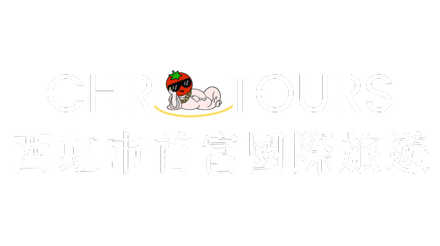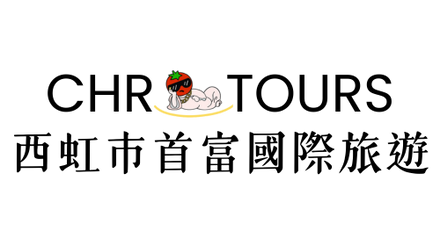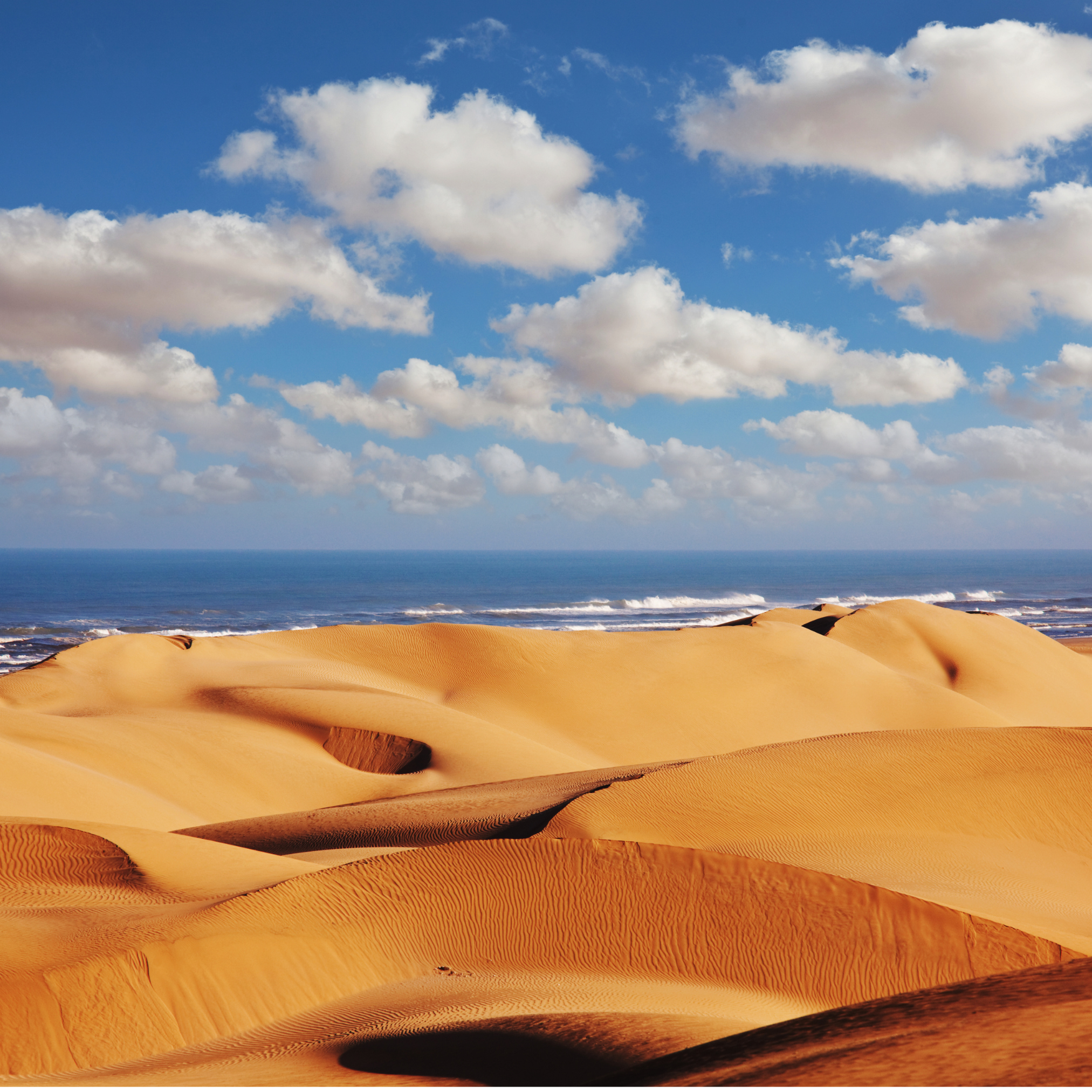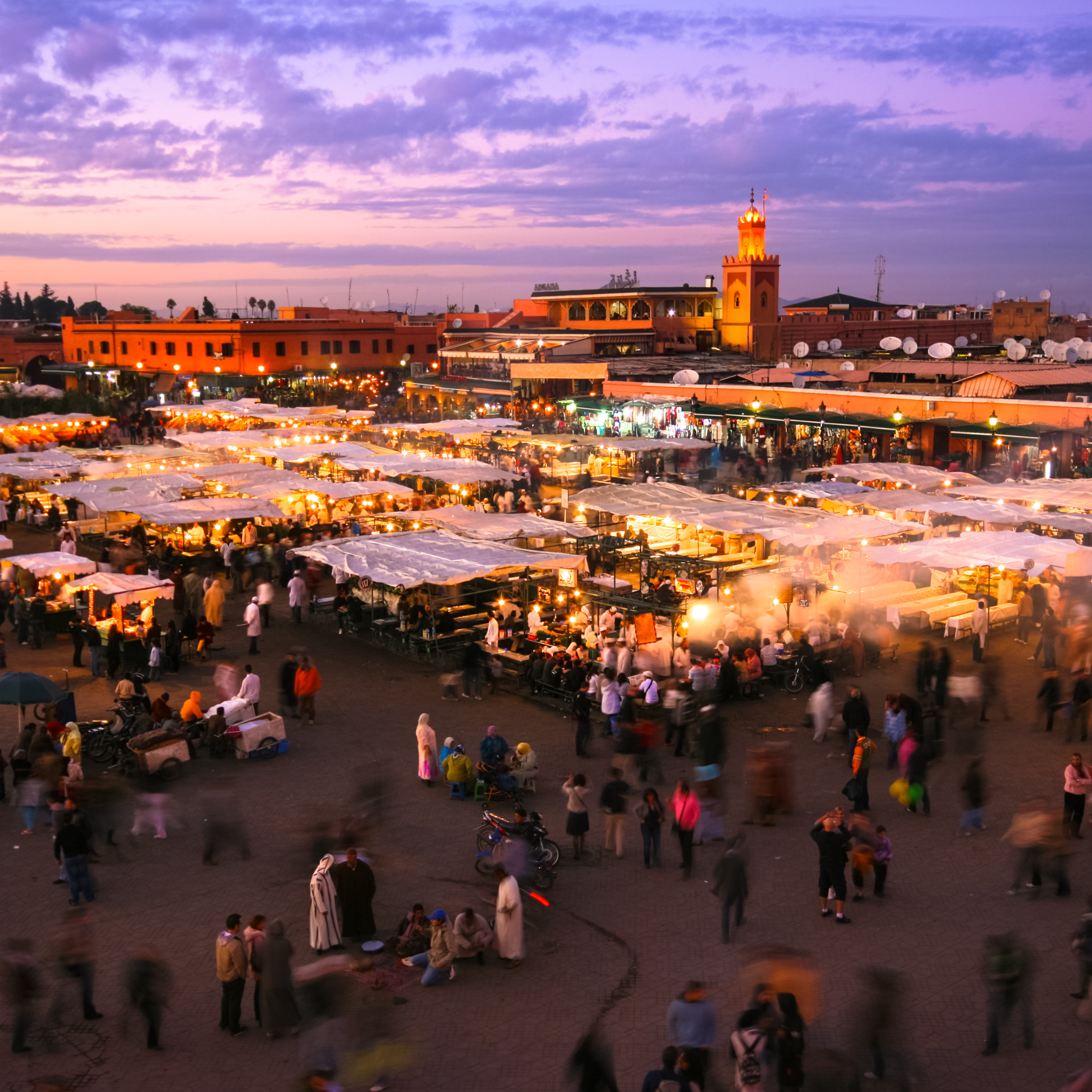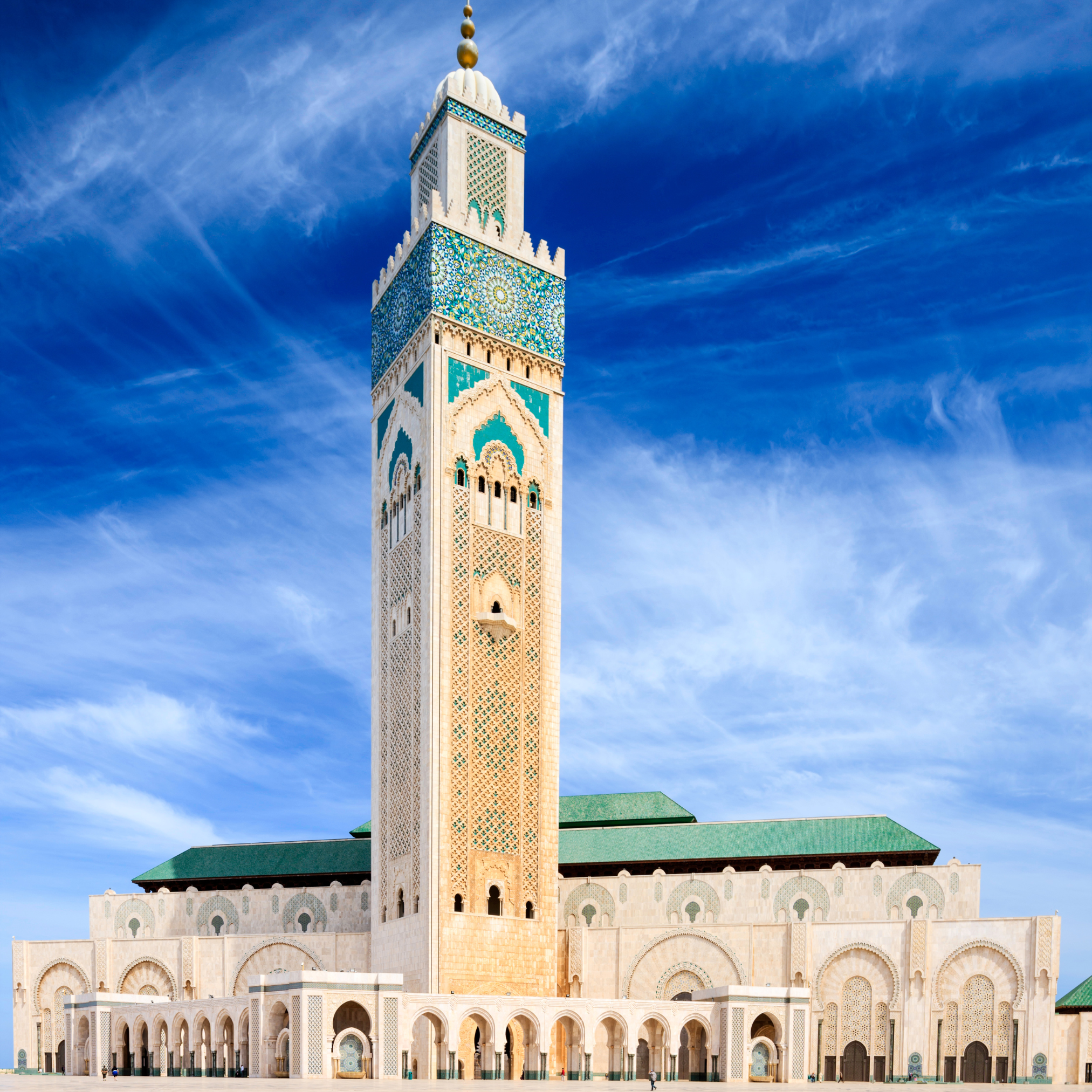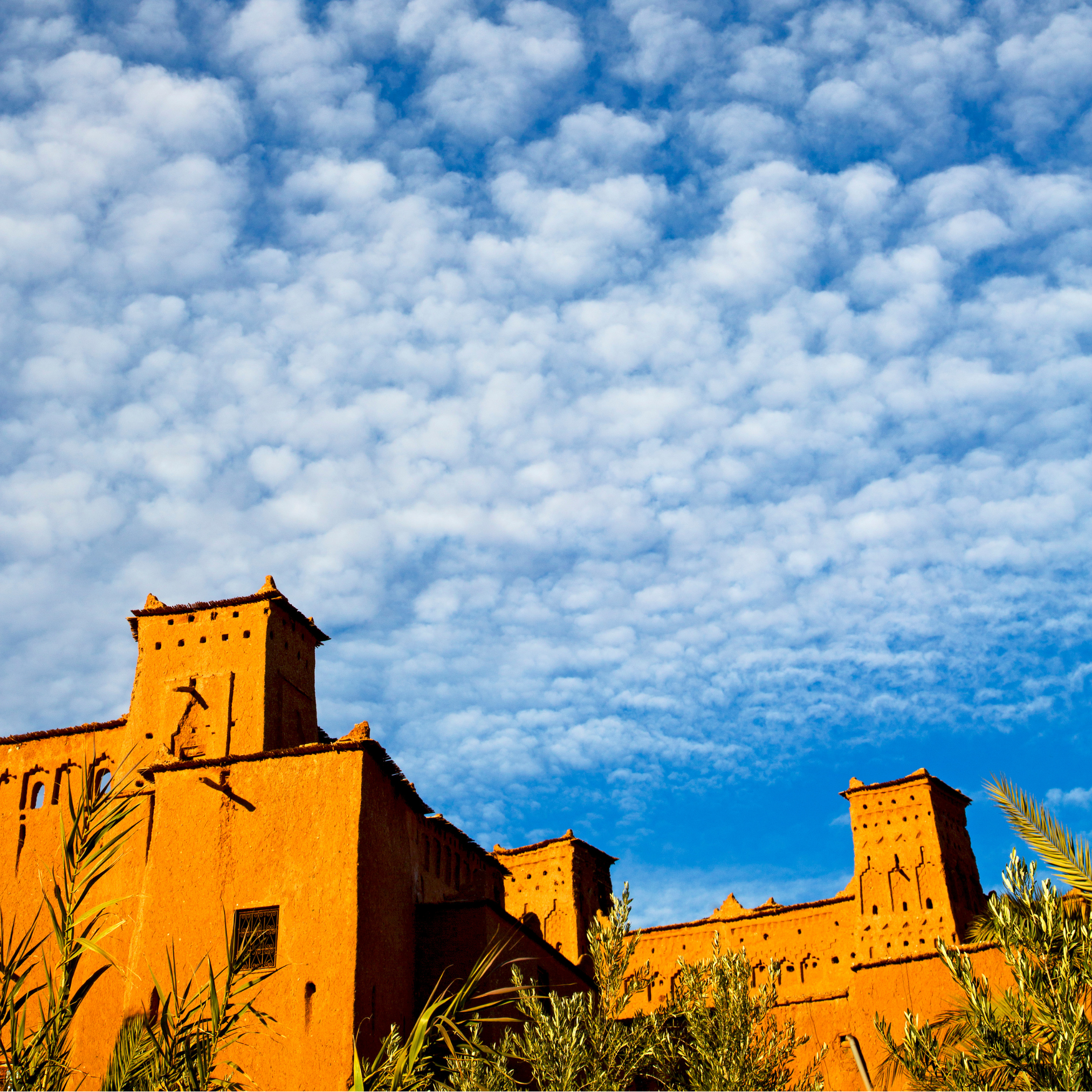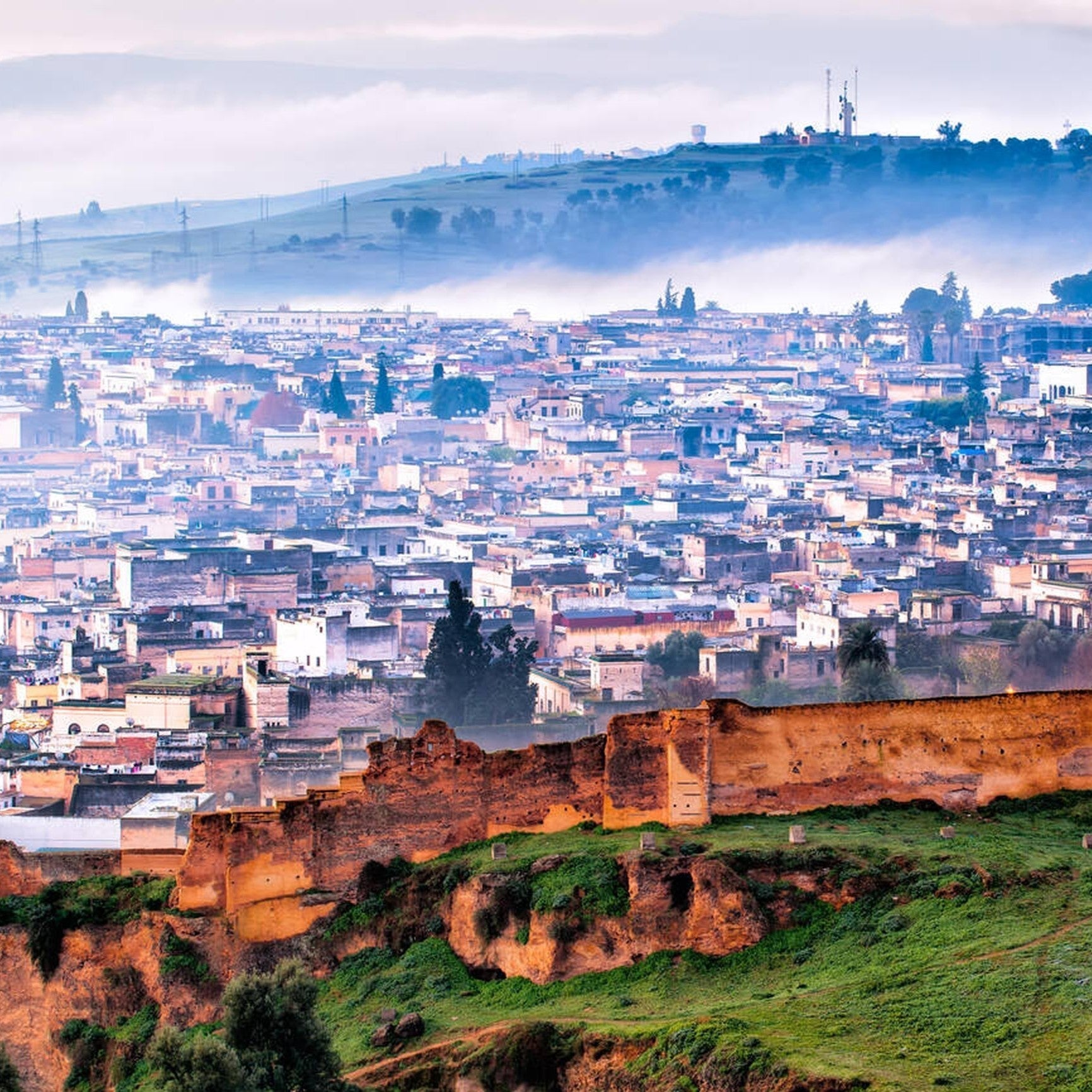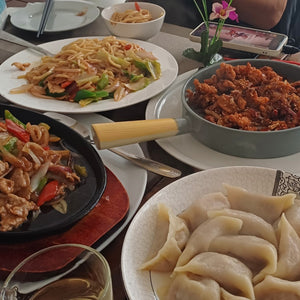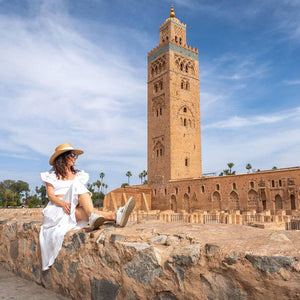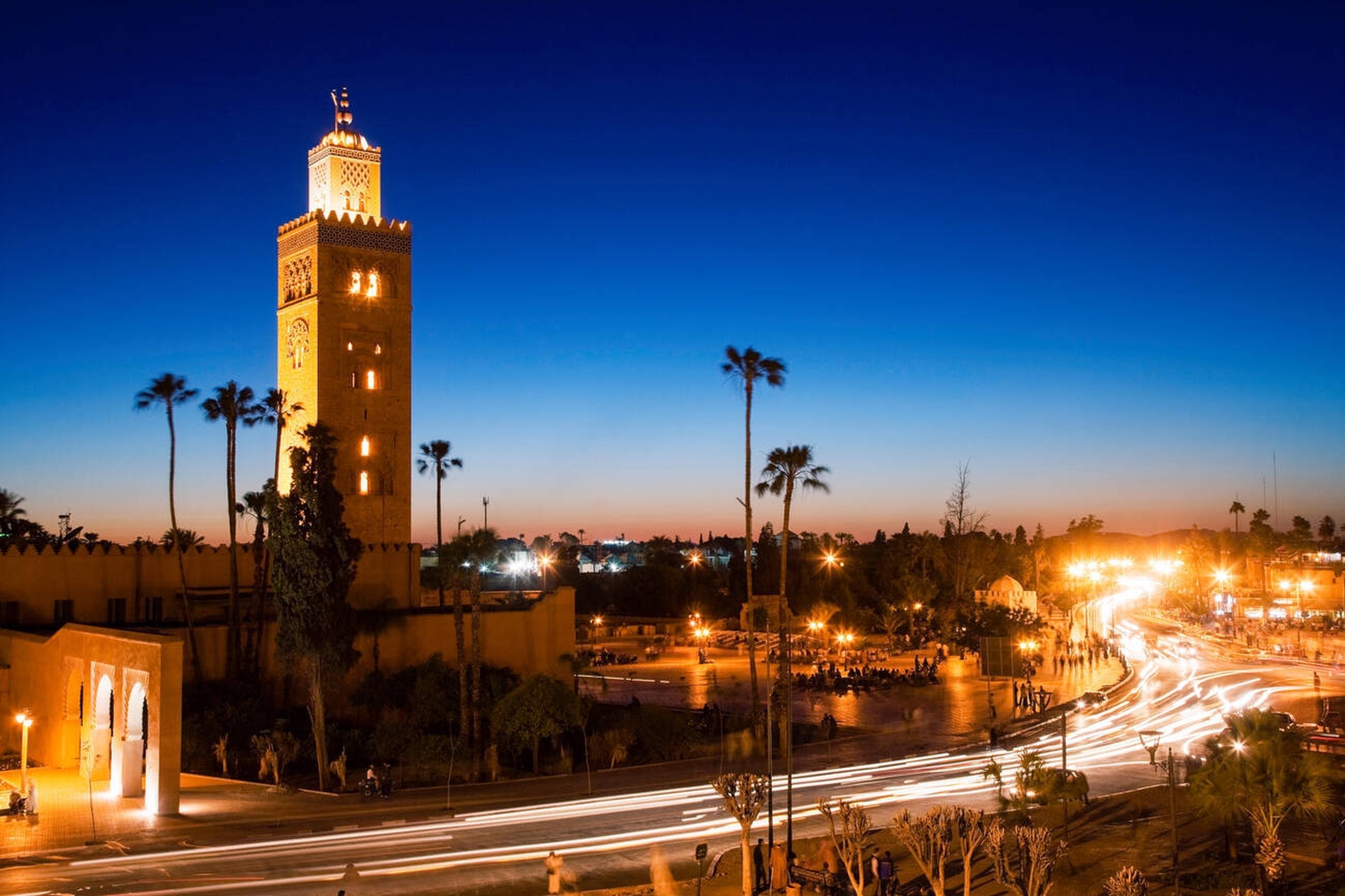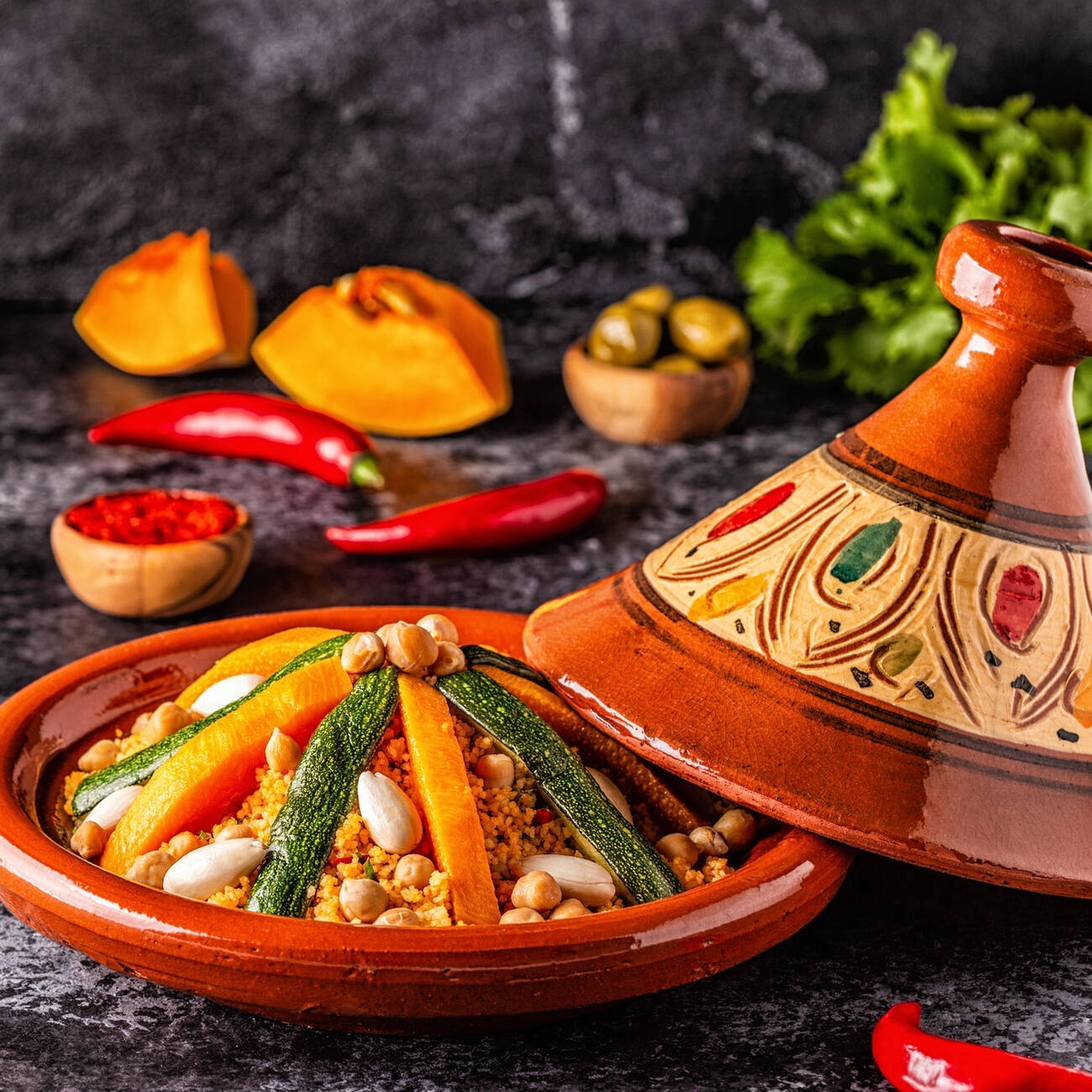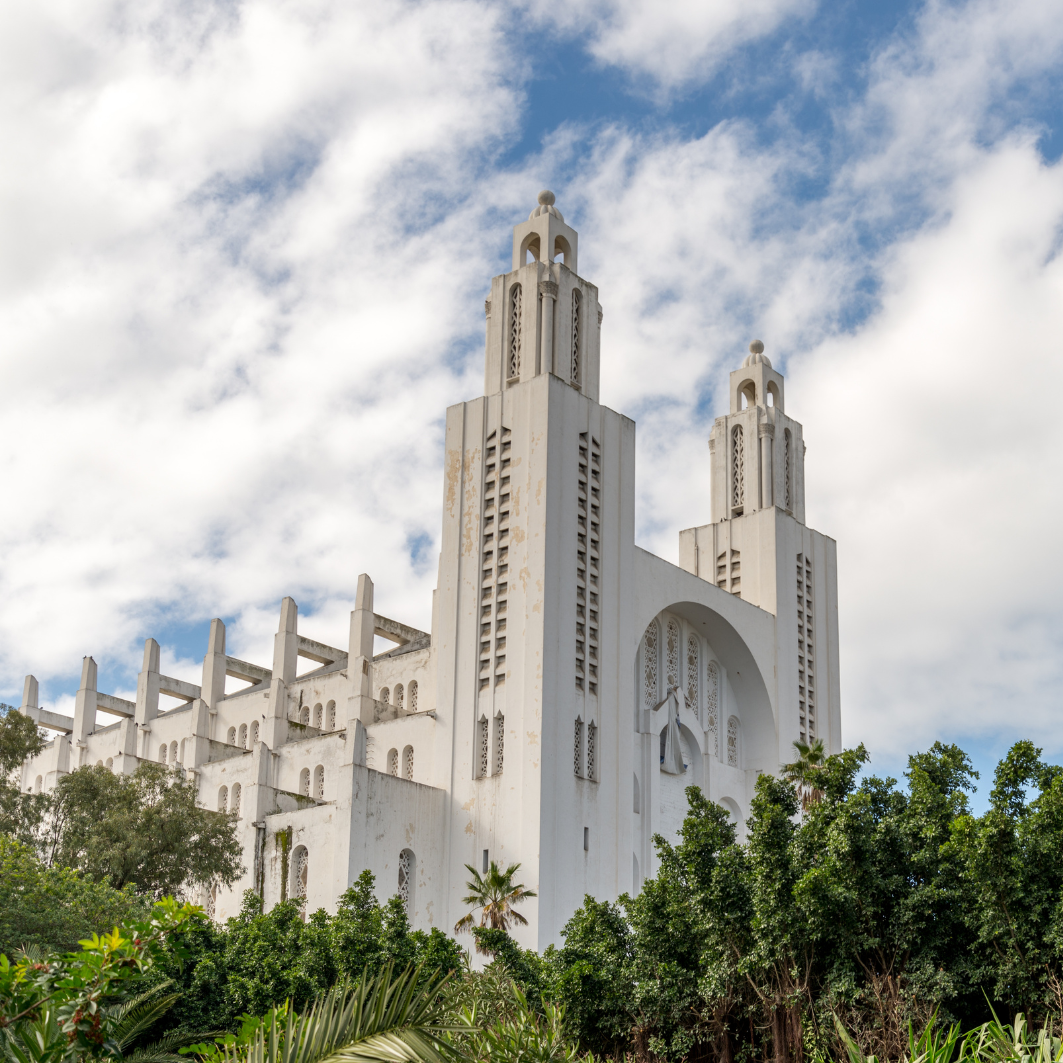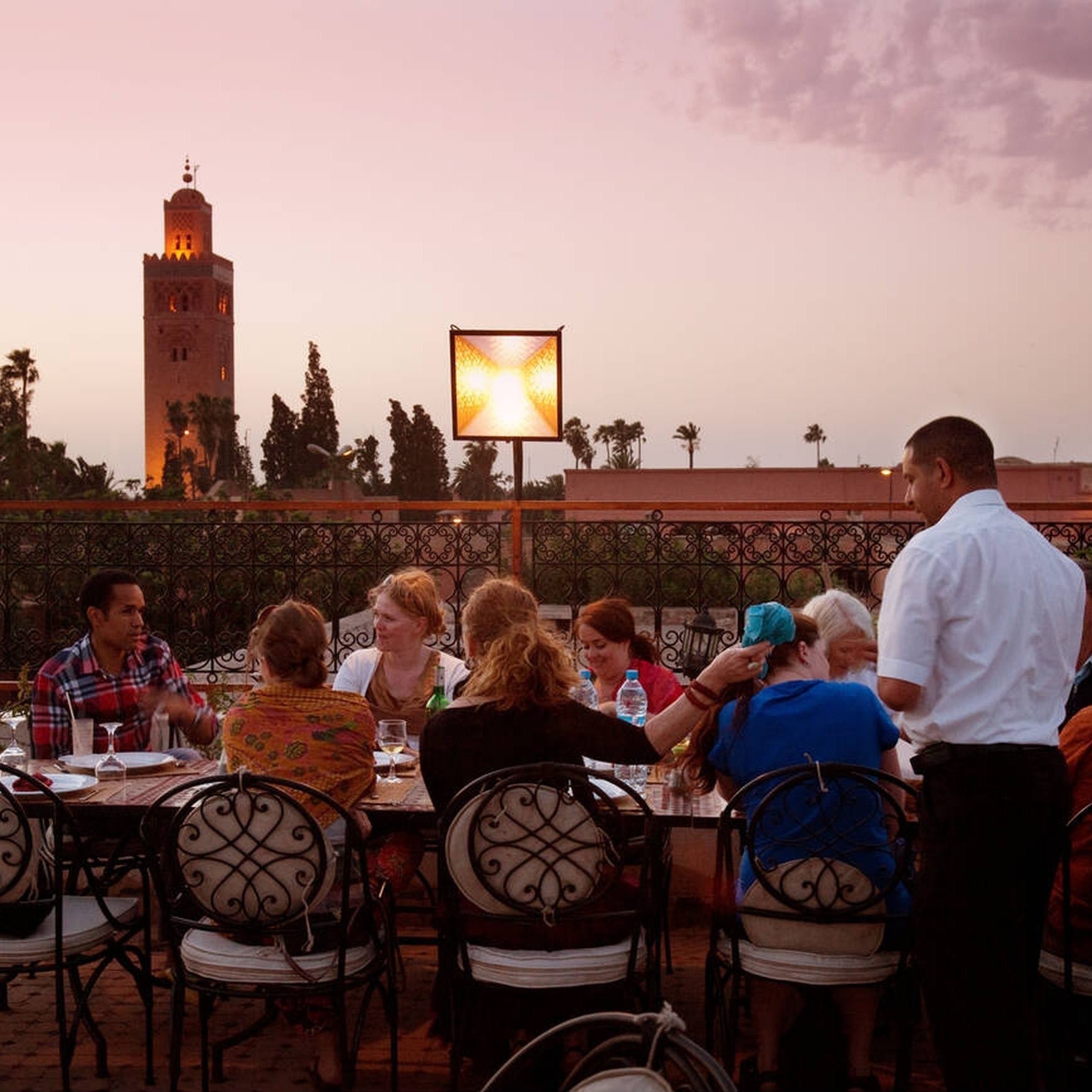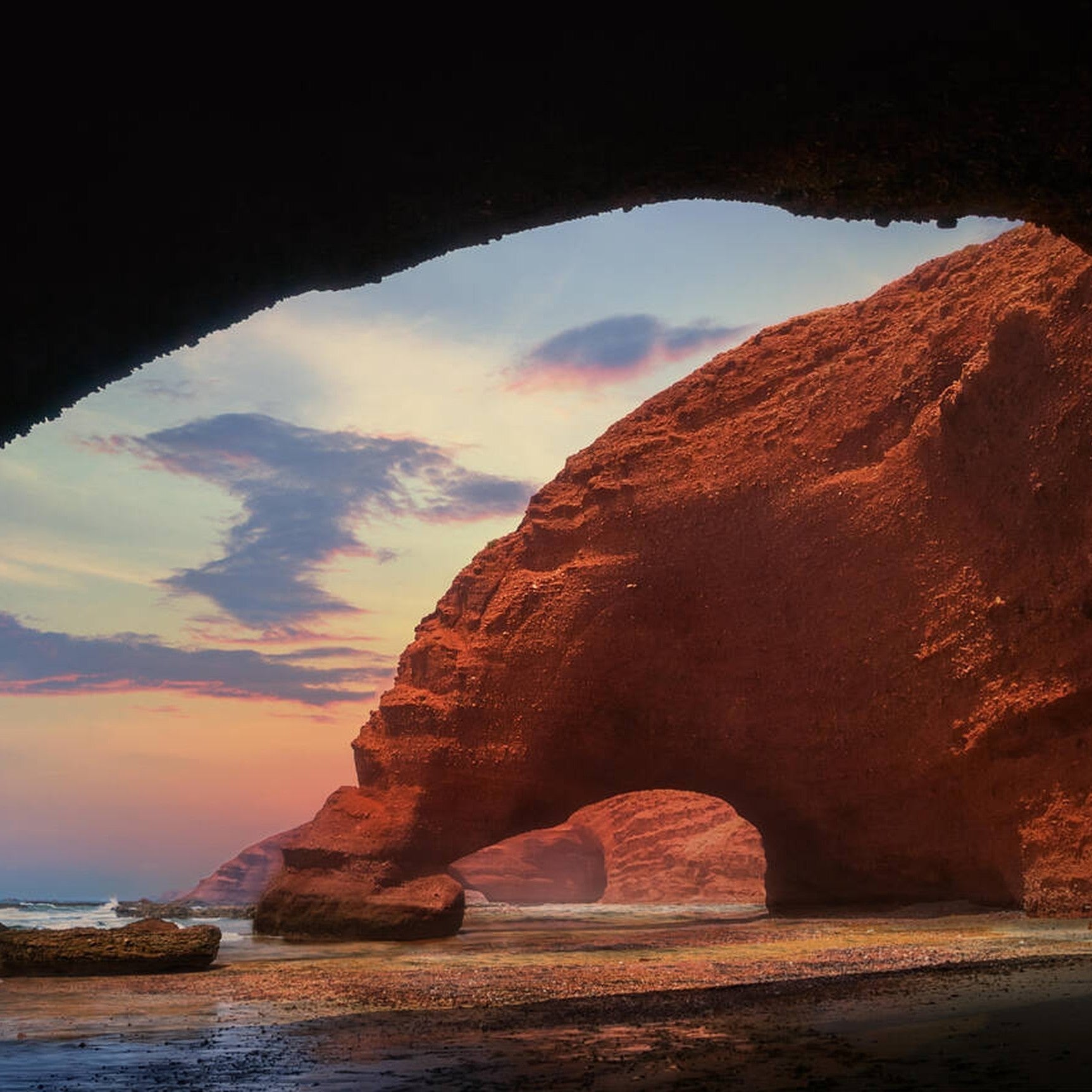Introduction
January is probably the coldest month in Morocco, but if you want to avoid the crowds, enjoy a unique tranquility in the desert, or experience skiing in the Atlas Mountains, this is a great time to travel! We have specially compiled the weather, temperature, travel tips and precautions for Morocco in January, so that you can better understand what to do and what to prepare for in Morocco in January, so that you can have more fun and feel more at ease!
Morocco January Temperature
Due to its unique geographical location and diverse regions, January in Morocco can be described as a mix of mild and cold weather. Coastal areas such as Casablanca and Tangier have average temperatures ranging from 12°C to 18°C, with little temperature difference between day and night. In inland cities like Marrakech and Fes, daytime temperatures are relatively higher, usually between 16°C and 20°C, but nighttime temperatures can drop to 5°C or even lower. The Atlas Mountains and high-altitude areas are much colder, with daytime temperatures ranging from 0°C to 5°C, and nighttime temperatures often falling below freezing. Therefore, it’s recommended that visitors bring warm clothing to cope with the cold mornings and evenings. If you plan on skiing or hiking, make sure to pack appropriate cold-weather gear.
Temperatures in major cities in Morocco in January
Temperatures in Casablanca in January
The daily high temperature is around 17°C, rarely below 15°C or above 21°C.
The daily low temperature is around 10°C, rarely below 6°C or above 14°C.
Temperatures in Marrakesh in January
The daily high temperature is around 19°C, rarely below 14°C or above 24°C.
The daily low temperature is around 7°C, rarely below 3°C or above 11°C.
Temperatures in Ouarzazat in January
The daily high temperature rises by 1°C, from 16°C to 17°C, rarely below 12°C or above 22°C.
The daily low temperature is around 3°C, rarely below -0°C or above 7°C.
Temperature in Merzouga in January
The daily high temperature is around 19°C, rarely below 15°C or above 20°C.
The daily low temperature is around -2°C, rarely below -3°C or above 4°C.
Temperature in Ifrane in January
The daily high temperature is around 9°C, rarely below 3°C or above 14°C.
The daily low temperature is around -1°C, rarely below -5°C or above 3°C.
Temperature in Atlas Mountains in January
The daily high temperature is around 15°C, rarely below 15°C or above 19°C.
The daily low temperature is around 3°C, rarely below 0°C or above 6°C.
Temperature in Fès in January
The daily high temperature is around 16°C, rarely below 12°C or above 21°C.
The daily low temperature is around 6°C, rarely below 2°C or above 10°C.
Temperature in Chefchaouene in January
The daily high temperature is around 13°C, rarely below 9°C or above 16°C.
The daily low temperature is around 4°C, rarely below -1°C or above 8°C.
Temperature in Essouira in January
The daily high temperature is around 19°C, rarely below 15°C or above 22°C.
The daily low temperature is around 11°C, rarely below 7°C or above 14°C.
Morocco January precipitation
Overall, Morocco experiences low precipitation in January. Coastal cities like Tangier and Rabat may occasionally see short rain showers, and the Sahara Desert typically has no rainfall. However, the mountainous areas will experience snowfall, and January is the main season for skiing in Morocco. If you want to try skiing, January is a great time to do so.
Morocco sunrise and sunset times in January
Sunrise time: around 8:30
Sunset time: around 18:40
Days of sunshine: around 10 hours
Sunrise and sunset times vary in different cities and every day, please refer to Time and Date
What clothes should you bring when traveling to Morocco in January? How should you dress?
1. Bring warm clothes.
Functional heating clothes: It is recommended to choose inner clothes with good thermal insulation performance, which are suitable for keeping warm in low temperatures in the morning and evening.
Warm sweaters: It is both warm and fashionable, and can be worn alone or with a jacket.
Long-sleeved shirts:It can be worn with it when the temperature is slightly higher during the day, and it is also suitable for relaxed occasions or taking photos.
Jeans: Classic and versatile, suitable for urban exploration and daily activities.
Warm trousers: For example, trousers with corduroy or fleece lining are suitable for use at night or in cold areas.
Thick windproof jackets: Recommended for protecting against cold wind or rain, especially in mountainous areas or open areas.
Warm down jackets: A light and warm choice, suitable for areas with a large temperature difference between morning and evening.
Multifunctional jackets: The temperature in mountainous areas, deserts, etc. may drop to around zero degrees Celsius at night, and a multifunctional jacket with a removable lining is a good choice.
Scarf: It can protect the neck, keep the body warm, and resist wind and sand in desert areas.
Hats: Warm woolen hats or wool hats are necessary, which are both cold-proof and practical.
Gloves: Thin or thick depending on the temperature, especially suitable for night activities.
2. Bring rain gear and sunscreen
Small portable umbrella: Although Morocco does not have much rainfall in January, it is still very practical to deal with sudden light rain.
Sunscreen: The desert sun is strong, it is recommended to use high-factor sunscreen and carry it with you for re-application.
Sunglasses: Protect your eyes from direct sunlight and are also a fashion item.
Sunhat: A wide-brimmed hat can effectively block the sun and add style to the overall outfit.
3. Bring the right shoes
Comfortable walking shoes or multi-functional shoes: Cars cannot enter the old Medina in Morocco, so bring a pair of shoes suitable for walking to make it convenient for strolling around the old town and downtown. If the itinerary includes mountainous areas, deserts or outdoor activities, bring a pair of hiking shoes or waterproof boots suitable for outdoor environments.
Indoor slippers: Most hotels in Morocco do not provide slippers, so you should prepare a pair of slippers suitable for wearing in hotels or indoors.
4. Dressing suggestions
Layered dressing: The temperature in Morocco varies greatly in January, especially the lower temperatures in the morning and evening and moderate temperatures during the day, so layered dressing is very important. Wear a light inner layer (such as a heating jacket) next to your skin, add a sweater or fleece jacket in the middle, and wear a windproof and warm jacket on the outside. When the temperature rises, you can take off the jacket at any time to make activities more comfortable.
Double attention to sun protection and moisturizing: Although it is winter, the strong sunlight can easily burn the skin. In addition, the climate in some parts of Morocco is relatively dry, so it is recommended to bring lip balm and moisturizing lotion to prevent dry skin.
Are there many people traveling to Morocco in January?
January is usually the off-season for Morocco tourism. Compared with the spring and autumn (peak season), there are fewer tourists, so traveling to Morocco at this time may be a better experience and less crowded. However, some periods in January are exceptions and will have more tourists:
New Year holidays (December 31st-January 1st):There are more international tourists during this period, most of whom gather in large cities such as Marrakech and Casablanca, as well as Sahara Desert camps.
During the Chinese New Year (if it overlaps with January):During this period, the number of Chinese tourists will increase significantly, and some popular hotels and itineraries may be in short supply.
What should I pay attention to when traveling to Morocco in January?
Stay hydrated: Morocco's dry weather in January, especially in desert areas, can easily cause dehydration and dry skin. It is recommended to carry a water bottle with you and replenish water regularly to maintain the body's water balance. Prepare moisturizers, lip balms and other skin care products to prevent skin cracking.
Pay attention to altitude changes: When traveling to the High Atlas Mountains, some tourists may experience mild altitude sickness. It is recommended to acclimate slowly, avoid strenuous exercise, rest more, and bring medication to relieve altitude sickness if necessary.
Pay attention to road conditions and driving safety: January is winter, and it may snow in the High Atlas Mountains, making the roads slippery and driving slower. It is recommended to rent a vehicle suitable for winter road conditions (such as a 4WD) or have a private driver who is familiar with local road conditions lead the way to ensure a safe trip.
Allow extra time for the Sahara Desert trip: On the way to the Sahara Desert, you will cross the High Atlas Mountains. You may lose time on the road due to snowfall and slower driving speeds. In addition, the sunset time is early in winter. If you plan to ride a camel into the desert camp to watch the sunset, it is recommended to arrange ample time, otherwise you may not be able to experience riding a camel into the desert camp at sunset. In order to avoid rushing on the snow and ensure a safer trip, it is recommended to reserve more time when planning the Sahara Desert trip.
Book and plan your trip in advance: January is the off-season for Morocco tourism. If you come to Morocco at this time, you will have a better chance of booking your favorite popular hotel or Moroccan traditional folk riad. Of course, the room supply is still very tight on New Year's Eve and New Year's Day on January 1. If January coincides with the Chinese New Year, the number of tourists during that period is also very large, so remember to book in advance.
January Festivals and Events
Yennayer New Year: Yennayer is the traditional New Year of the Berber people in North Africa, marking the beginning of the Amazigh (Berber) calendar. This holiday is especially important in Morocco's Berber communities and is usually celebrated on January 12th or 13th. People dress in traditional Berber clothing, prepare lavish traditional meals, and celebrate with singing and dancing to welcome the new year.
If you want to know more Morocco festivals and cultural events, please refer to our blog: Morocco traditional festivals and national holidays.
If you want to know more about Morocco, please refer to our blog: Morocco travel guides.
Planning to travel to Morocco? You can refer to these itineraries for inspirations:
3-Day Sahara Adventure: Marrakech to Fes via Ait Benhaddou & Merzouga Desert
5-Day Journey through Northern Morocco: A Blend of History and Culture
7-Day Morocco Adventure: A Custom Journey from Marrakech
13-Day Moroccan Odyssey: A Custom Journey from Casablanca
Want to customize your Morocco travel itinerary? Feel free to contact us for personalized tour experiences:
Email: [email protected]
WhatsApp: +212713053383
WeChat: MLG0714624860
